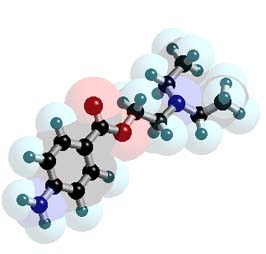

Organic Chemistry III
Professor Carl C. Wamser

Chapter 20 Pre-Quiz
Organic Chemistry III |
||
Professor Carl C. Wamser |
![]()
Organic Chemistry III |
||
Professor Carl C. Wamser |
![]()
(must be done in WebCT before Wed., April 14, 8:30 am)
![]()
1. Hydrolysis of an acid anhydride gives a carboxylic acid plus
a. an alcohol
b. an ether
c. an alkene
d. an amine
* e. another carboxylic acid
2. Compared to a C-N bond in an amine, the C-N bond in an amide is
* a. shorter and stronger
b. shorter and weaker
c. longer and stronger
d. longer and weaker
3. The saponification of an ester produces
a. a carboxylic acid and an ether
* b. a carboxylate salt and an alcohol
c. a carboxylic acid and an alcohol
d. a carboxylic acid and an amine
e. a carboxylic acid and a carboxylate salt
4. Penicillins are examples of
a. cyclic esters
b. beta-lactones
* c. beta-lactams
d. antihistamines
e. anticoagulants
5. Nylons are examples of
a. lactams
b. proteins
c. polyesters
* d. polyamides
e. polyethers